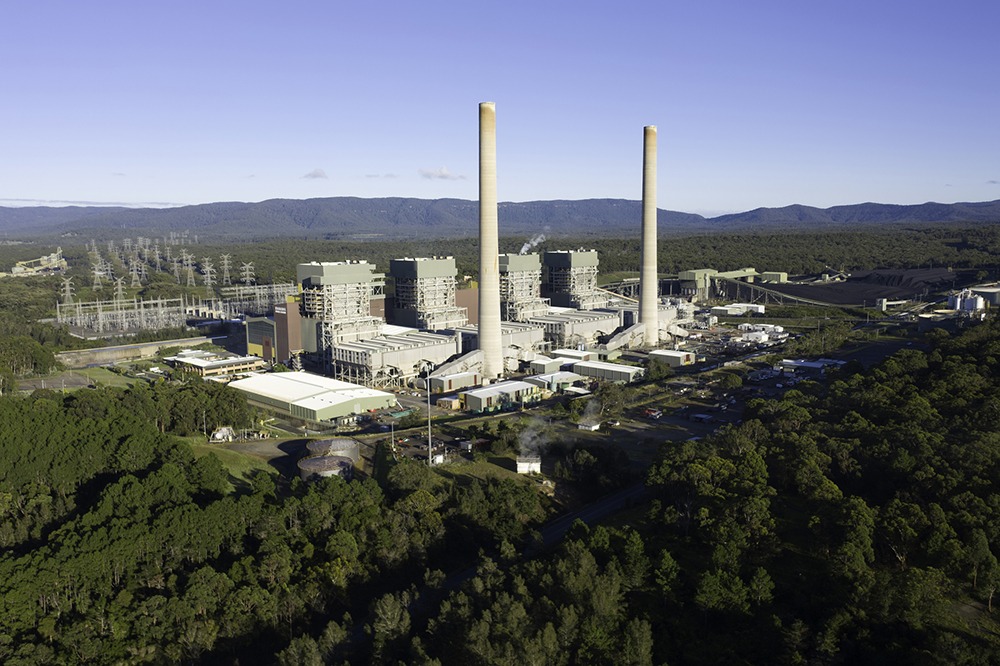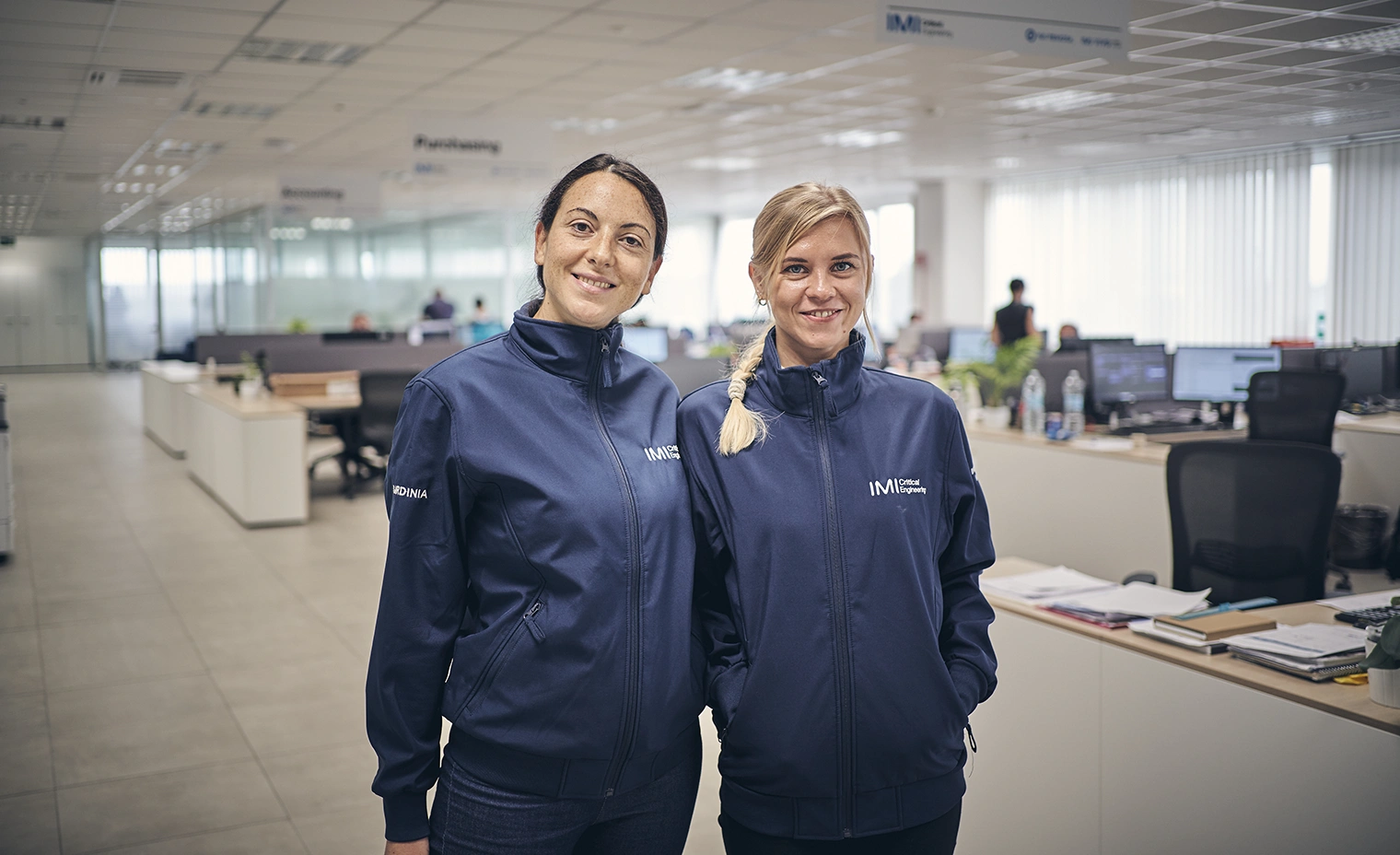


Wet steam is especially damaging. It’s created during power production as saturated steam and condensate water molecules mix. It develops for many reasons, including poor drainage and incorrect plant logic. Some of these problems are easier to fix than others.
In any case, wet steam needs to be controlled as it will erode valve trim components. Erosion will eventually lead to safety hazards and major operational inefficiencies, such as steam leakage, cracking, and water hammer, usually ending with costly unplanned downtime.
IMI often receives requests for help managing wet steam erosion. These requests served as the basis for IMI’s EroSolve Wet Steam solution, which continues to pay dividends in power plants worldwide.
EroSolve was first introduced in 2019 and has proven highly effective. It’s available across all turbine bypass products available from IMI, as well as those from competitors, transforming the way wet steam erosion problems are dealt with in critical service steam applications.
Wet steam erosion is common, though many of IMI’s customers have had specific challenges that required our engineering expertise. This blog picks out a few standout cases.
Every major market has seen the impact of IMI’s solution, including the USA. One of the country’s largest power providers had been using a valve trim that could only withstand 145 cold start-ups before requiring replacement.
Cold start-ups are now a common feature of today’s power market, and today’s facilities are forced to operate their plants in cyclic mode due to more and more addition of renewable power to the grid.
Most CCPPs (combined cycle power plants) were originally designed for continuous operation but now cycle more irregularly due to changing market conditions and the introduction of renewables.
Cold start-ups are necessary for today’s power market, but they place critical components, such as valves and pipework, under additional strain. The customer, therefore, sought to fit a valve trim solution that could withstand longer periods, resisting the effects of wet steam erosion.
EroSolve Wet Steam has been nothing short of a transformation for this facility. The plant reported the earlier trim used to withstand 145 cold start-ups. Using our product, they have completed more than 245 with no sign of erosion, saving the business more than $250,000 in the first year alone.
In December 2020, engineers at a large 1500MW CCPP in Korea approached IMI because they were concerned about leakages from some of the site’s Intermediate Pressure bypass valves.
After thoroughly examining site data, DCS trends, and isometrics, IMI engineering experts found that high-angle condensation of condensate on the valve sealing surfaces was causing wet steam erosion.
Through the combined efforts of IMI’s Valve Doctors™, an innovative design made with erosion-resistant materials and plant operation changes were proposed. The upgraded solution came with a quick-change seat design. All design calculations were carried out to ensure the existing actuator could be used with the upgraded valve.
After six months of operation, the new valve exhibited no signs of damage, and the customer achieved stable operation with no reported leaks.
One of eastern India’s largest thermal power plants was experiencing repeated passing issues in both high-pressure (HP) and low-pressure (LP) turbine bypass valves due to trim erosion.
The facility, which has a maximum power output of 1.6GW, had commissioned six IMI
Engineering bypass assets in 2008 – two HBSE 280-250 HP and four NBSE 60-500 LP turbine bypass valves. With all six subjected to extremely harsh conditions, valve degradation caused by wet steam erosion remained a constant issue that affected the facility’s overall efficiency.
The first EroSolve Wet Steam trim upgrade was ordered in May 2021, installed, and commissioned into one of the plant’s HP bypass valves in October of the same year. Its impact on plant performance was immediate and completed over a year in operation without the occurrence of any further steam erosion or unplanned maintenance.
Delighted by this success, the customer repeated the order in July 2022 to upgrade its other HP bypass valve. IMI shipped the order in September 2022.

Discover the efficiency of the EroSolve Wet Steam solution by IMI. Eliminate the challenges of steam leakage and erosion, enhance valve performance, ensure operational safety, and reduce downtime.



